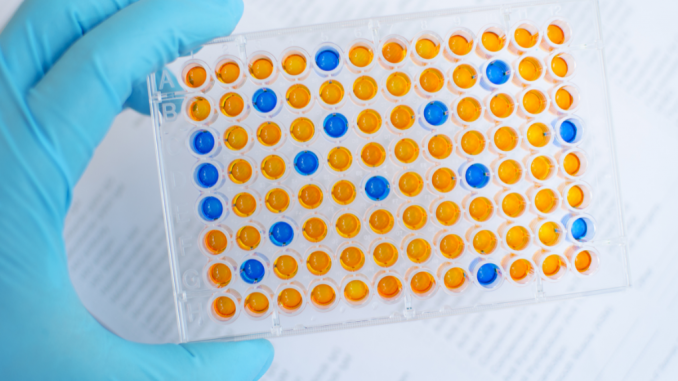
Enzymology is generally believed to have been discovered by Buchner in 1887 because it indicates that the enzyme can be separated from the broken cells in a dissolved, active state, thereby promoting the separation of the enzyme and further exploration of its physicochemical properties. It also promotes in-depth research on various enzyme systems related to life processes.
After that, enzymology evolved in two directions. The first is the application study of enzymes starting from Takamine et al in 1894. Workers in this field applied the theory of enzyme synthesis regulation to the production of enzymes and achieved remarkable results. They used multiple enzyme separation and purification techniques to prepare enzymes of different specifications, developed immobilized enzyme technology, and put them into production of different scales. At the same time, according to the theory of enzyme reaction kinetics, various types of enzyme reactors were established using the results of chemical engineering. Enzyme engineering is actually gradually formed and developed on this basis.

On the other hand, it is engaged in the theoretical study of enzymes, which focuses on the study of the physicochemical properties and catalytic properties of enzymes. For example, Summer and Northrop have opened the way for the separation and purification of enzymes; Sanger, Moore, and Stein have established methods for determining protein primary structure; Kendrew and Perutz and Phillips developed X-ray diffraction crystal analysis techniques and applied them to the study of the structure and function of proteins and enzymes; Michaelis and Menten have laid a solid foundation for enzyme reaction kinetics; Fischer and Koshland proposed the theory of lock and key for enzyme action and the theory of induction fit. These studies have led to a deeper understanding of enzymes. In addition, a considerable number of scholars are more focused on the biological research of enzymes. For example, Hill and Meyerhof have established glycolytic systems; Krebs et al. have established a cycle of tricarboxylic acid; Jacob, Lwoff and Monod have proposed the theory of enzyme synthesis regulation—operon theory; Claude, Palade and de Duve explored the structure and function of organelles in eukaryotes; Temin and Baltimore discovered reverse transcriptase; Arbert, Smith and Nathans laid the foundation for the role and application of restriction endonucleases; Michell revealed the mechanism of oxidative phosphorylation and proposed the theory of chemical permeation; Koshland and Monod systematically studied the regulation mechanism of allosteric enzymes, and proposed the theory of symmetric homomorphism and order change. These studies have established a milestone in the molecular biology of enzymes, which has strongly promoted the development of enzymology. But whether it is applied research, or the study of the physicochemical properties and catalytic properties of enzymes, or the biological study of enzymes, are not isolated, but are interrelated, mutually infiltrated, and mutually reinforced.
Modern enzymology is developing in two directions, namely molecular biology and enzymatic engineering of enzymes. Enzyme molecular biology is to reveal the relationship between the structure and function of the enzyme, as well as the catalytic mechanism and regulation mechanism of the enzyme; reveal the life-activity relationship of enzymes; further design enzymes, engineer enzymes; regulate and control enzymes at the gene level. Enzyme engineering is to solve the problem of how to produce, prepare and apply enzymes more cost-effectively, use genetic engineering and molecular biology results for enzyme production, and further develop immobilized enzyme technology and enzyme reactors.

Leave a Reply